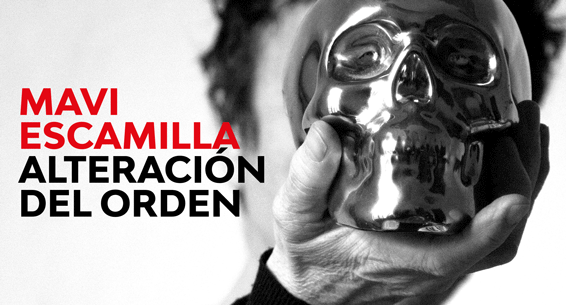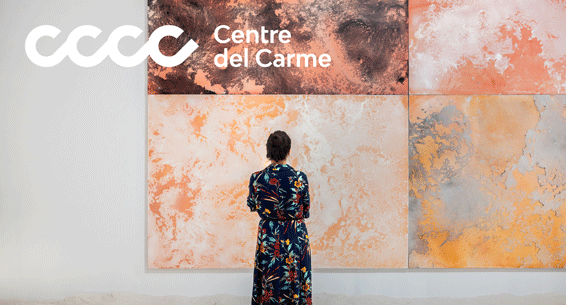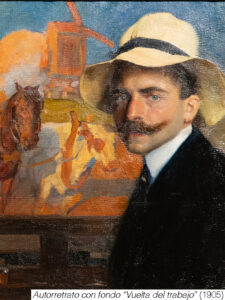UNTIL SUNDAY 18/6
VAT. Guillem de Castro, 118
In addition to being a multifaceted artist, The Danish Asger Jorn was an important theorist who in the mid-20th century was already questioning the anthropocentrism that places the human being at the center of everything. (Aren't we humans a bit of monsters??) and the colonizing power of images over our lives within the consumer culture that spread from the United States. Marxism was behind the approaches of a Jorn who understood art as a basic human activity, kirsch and popular, away from the solitary genius and, in your case, had strong social roots. Social consciousness and aesthetic commitment in an art that, Jorn believed, had a lot of transformation power. The IVAM opens the season in style with one of the most important Scandinavian artists of the 20th century, an open mind that helped define art after World War II founding European avant-garde movements such as Cobra and the Situationist International, using “unartistic” materials and formats (reinvented three-way football on a hexagonal field), focusing on themes that canonical art had ignored—children's art, For example-, using animal imagery to represent human life and playing many styles (made painting, ceramics, collage, sculpture, drawings, engravings, fabric work, publications, etc.) to swim against the current of the specialization that was so popular in the United States.
Open creation and its enemies: Asger Jorn in situation It begins by showing the result of a collective experiment carried out by Jorn in 1946: made an automatic drawing, He traced it with transparent paper and sent it to some friends so they could interpret it in their own way.. His premise was proven: art never has just one meaning. In the second room you can see 23 somewhat Picasso etchings, the Suiza Suite, where Jorn develops his own symbolic motifs to capture the joys and horrors of life, like the creature that represents the tuberculosis microbe that almost killed him. The books of collages facts from newspaper clippings and pop culture alongside Guy Debord, artist with whom he founded the Situationist International in 1957 against capitalism and contemporary ways of life. One of the strategies used by this group was diversion, which consisted of “kidnapping” pre-existing artistic materials and diverting them while maintaining the signature of the original artist. Several of these examples can be seen at the IVAM. Shortly after, Jorn left the International to found the Scandinavian Institute of Comparative Vandalism with which he undertook photographic campaigns throughout the Nordic countries., France and Spain, of which there is a sample in this exhibition. The irreverent name of this group came to indicate that the supposedly universal criteria with which art is usually judged were biased by the preponderance of Latin culture that crushed any other culture., also the Scandinavian of the vandals, that Germanic tribe that sacked Rome in the 5th century. The IVAM begins the year by bringing us closer to the work of an artist who collaborated with Fernand Léger and Le Corbusier, was influenced by Ensor, Kandinsky, Klee and Miró, He joined the surrealists and was involved like few others in the European avant-garde movements of the 20th century.. S.M.














